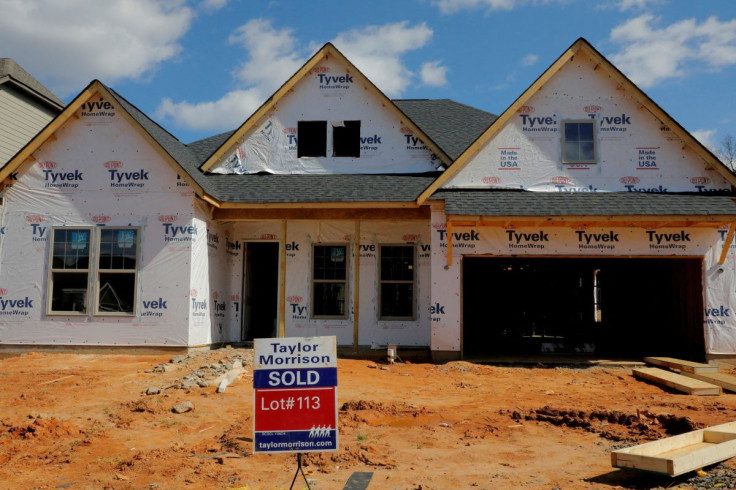Home Affordability Proves Challenging For Single-Family Buyers: 'Consumers Are Going To Struggle'
U.S. home prices have surged, as the average price for a single-family home rose in the first quarter of 2022 to the highest point since mid-2008. According to the 2022 U.S. Home Affordability Report by ATTOM, a nationwide real estate data provider, 79% of counties showed an increase in the average price of a single-family home.
That increase makes them historically less affordable in twice as many counties compared to a year ago. In the first quarter of 2021, only 38% of counties were less affordable.
The report determined affordability by calculating the amount of income needed to meet major monthly homeownership expenses — mortgage payments, property taxes, and insurance — assuming a 20% down payment on a median-priced single-family home. ATTOM determined the amount of income by comparing annualized average weekly wage data from the Bureau of Labor Statistics.
Based on that data, the report notes that home prices are rising faster than wages. ATTOM notes that the report also found median home prices rose by 16% year over year while wages only rose by 7%. Nationwide, the average cost of a single-family home is currently $320,000.
“Historically low mortgage rates and higher wages helped offset rising home prices over the past few years,” said Rick Sharga, executive vice president of market intelligence for ATTOM.
However, as “home prices continue to soar and interest rates approach 5% on a 30-year fixed-rate loan,” that means “more consumers are going to struggle to find a property they can comfortably afford,” Sharga pointed out.
Still, the report notes that these median-priced homes remain within the financial means of most workers. The average national wage is $66,560, and the current median single-family home owner’s major monthly expenses consume 26.3% of that wage. That 26.3% is still under 28%, which is considered affordable by common lending standards.
While 26.3% is considered an appropriate amount of a wage to spend on housing expenses, that is the highest percentage of wage consumption required to own a new home since the third quarter of 2008.
The report identifies some counties where the homes were considered affordable out of the 586 counties examined in the report. They included Cook County (Chicago area), Harris County (Houston area), Dallas County, Bexar County (San Antonio area), and Wayne County (Detroit area).
The COVID-19 pandemic created a movement of people from the cities to safer, less dense suburban areas which drove up demand and prices. So, moving to these areas became less affordable and, as interest rates rise, that trend will continue unless home values decline.
“The worsening affordability scenario for potential home buyers came as the U.S. housing market kept booming into its 11th year, both because of and in spite of the Coronavirus pandemic that remained a threat to the U.S. economy,” the report described.
Areas where homes were not considered affordable for average wages included Los Angeles County, Maricopa County (Phoenix area), San Diego County, Orange County (outside Los Angeles), and Kings County (New York area)
The report also noted that home prices were up by at least 10% annually for two-thirds of the U.S. and price gains outpaced wage growth in four out of every five markets examined, meaning only one in five markets were more affordable than historic averages.
Sharga also noted that “rising food and energy prices could be a hidden factor that makes affordability even more of a challenge for homebuyers and makes it more difficult to make ends meet for current homeowners.”

© Copyright IBTimes 2025. All rights reserved.






















